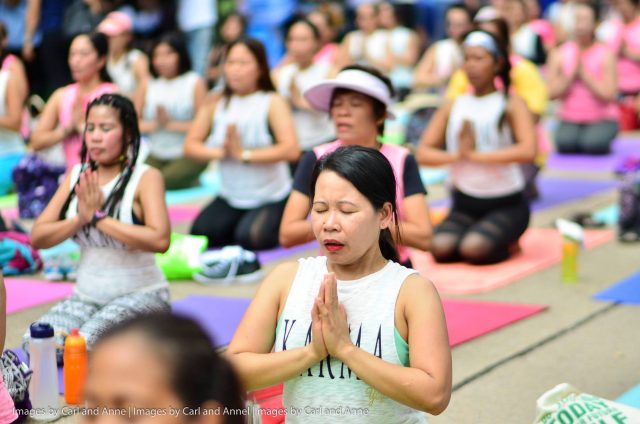Two studies examining the impact a therapeutic yoga program and proper toileting behaviors have on a woman’s urinary function will be presented at the 113th Annual Meeting of the American Urological Association (AUA) Sunday, May 20, at 8:00 a.m. (PT) in the San Francisco Moscone Convention Center. Meena Davuluri, MD, with the Montefiore Health System in New York, will moderate the session.
Study Details
Publication #: MP79-01
Do Abnormal Toileting Behaviors Contribute to Worse Urinary Symptoms in Women?
Lower urinary tract symptoms such as loss of bladder control or a sudden urge to urinate are common in women, and presumably related to specific attributes of toileting behaviors (i.e., what you do when you need to go to the bathroom and then what you do while you are in the bathroom). That said, little is known about the association between bathroom mistakes/abnormal toileting behaviors and urinary symptoms, which is why researchers from Nashville, TN sought to determine whether increased lower urinary tract symptoms, specifically symptoms related to overactive bladder (OAB – sudden urge to urinate that you can’t control), are considered by women to be a dysfunctional or abnormal toileting behavior.
Researchers recruited 2,215 women to complete online questionnaires, including the Toileting Behavior Scale (TBS) and International Consultation on Incontinence Questionnaire for Overactive Bladder (ICIQ-OAB). Behavior questions were grouped by premature voiding, delayed voiding and straining to void. The average age of participants was 47.3 years old.
Results showed:
Nearly all participants noted they had dysfunctional toileting behaviors with voiding, showing a correlation between their toileting behaviors and lower urinary tract symptoms – the strongest correlation being premature voiding.
Nearly 98 percent of participants reported delayed voiding for reasons including, being busy or at work.
All except three women reported a place preference for voiding, with 10.5 percent always avoiding public restrooms.
Study Details
Publication #: PD32-01
A Randomized Trial of a Group-Based Therapeutic Yoga Program for Ambulatory Women with Urinary Incontinence: Current behavioral treatment for urinary incontinence in women relies on intensive, one-on-one sessions with urologists or other specialized healthcare practitioners. Access to alternate, yet effective management strategies that are more accessible to the 20+ million incontinent women in the general population, is what prompted Researchers in Californiato develop a feasible, tolerable and successful group-based therapeutic yoga program for women with urinary incontinence.
Participants, who were not already engaged in yoga and willing to temporarily forgo clinical urinary incontinence treatments were randomly assigned to take part in a three-month yoga therapy program and keep voiding diaries so researchers could assess changes in their urinary incontinence. The program consisted of twice-weekly group classes and once-weekly home practice focused on specialized Iyengar-style yoga techniques, versus a nonspecific muscle stretching/strengthening program designed to provide a rigorous time-and-attention control for the yoga program. Changes in urinary incontinence frequency were assessed by voiding diaries at baseline and 3 months. Eighty-nine percent (50) of the women completed the three-month trial. Of those, 75 percent attended >90 percent of group classes, and 88 percent completed >90 percent of home practice hours.
Results showed:
Over three months, urinary incontinence frequency decreased by 74 percent in the yoga group versus 51 percent in the control group.
No adverse effects were reported by women from either the yoga or control group.
Researchers concluded a yoga program taught specifically to help with urinary incontinence offers a promising self-management strategy to enhance the clinical treatments for incontinence.
“These results are very promising to women and provide simple behavioral changes that can be very beneficial to women by decreasing lower urinary tract symptoms and improving quality of life,” said Dr. Davuluri. “Additionally, the option of a therapeutic yoga program provides a much more accessible option that many patients can easily build into their weekly routine compared to other medical treatments. Physicians can include these favorable results in their discussions with patients to provide the best management option for incontinence.”
About the American Urological Association: The 113th Annual Meeting of the American Urological Association takes place May 18-21 at the Moscone Center in San Francisco, CA. Founded in 1902 and headquartered near Baltimore, Maryland, the American Urological Association is a leading advocate for the specialty of urology, and has more than 21,000 members throughout the world. The AUA is a premier urologic association, providing invaluable support to the urologic community as it pursues its mission of fostering the highest standards of urologic care through education, research and the formulation of health policy.


















 Other
Other